The emergence of Wonder Woman deepfake videos serves as a prime example of how we perceive and interact with media. These deepfake portrayals of Wonder Woman showcase the impressive capabilities of technology, blurring the boundaries between reality and fiction, and prompting discussions about the authenticity and reliability of visual content.
This article explains deepfakes and how they affect how we see media and society. By looking at these fake videos, including ones with Wonder Woman, we learn more about how technology changes what we believe. Let's explore this interesting world of fake videos together and see what it means for our digital world now and in the future.

In this article
Part 1: Common Challenges That Might Encounter When Creating Deepfakes
Through its captivating and innovative capability, deepfake technology stands out as something remarkable. It lets people do all sorts of fun things with pictures and videos just like wonder woman deep fake. But while it's exciting, making deepfakes isn't always easy. There are lots of tough problems to solve along the way. These problems include getting the right data, thinking about ethics, and more. It's like trying to find your way through a tricky maze. You have to be really careful and think hard about each step you take.
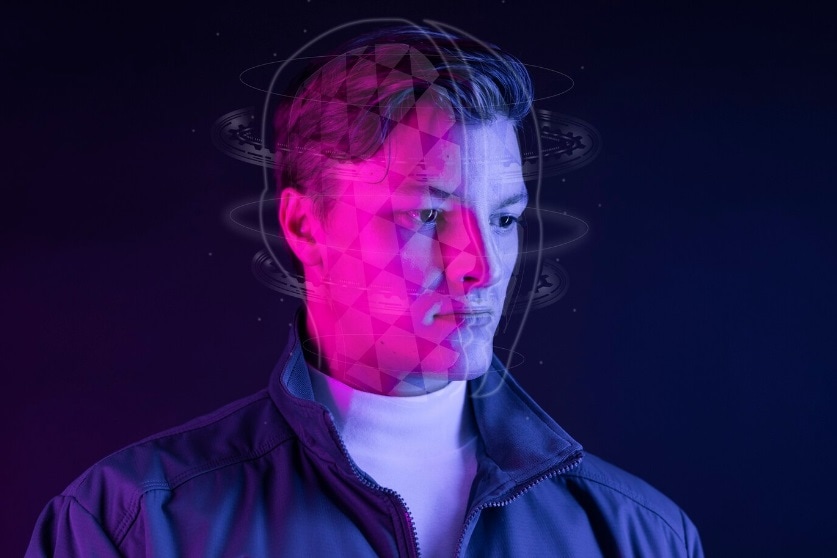
Here are some common challenges that users might encounter when creating deepfakes:
● Quality Issues
When compared to the actual content, deepfakes can have less visually appealing images. They might so lack the sharpness and detail of actual films or photos, appear hazy, or move strangely. It takes sophisticated methods and high-resolution source material to produce deepfakes of excellent quality.
● Data Availability
To effectively train deepfake models, acquire high-quality data (e.g., high-resolution pictures and videos of the target individual). Nevertheless, gathering this kind of information might be difficult, particularly if the target person has little publicly accessible material.
● Facial Alignment and Expression Matching
Think of yourself as a sculptor, carefully carving a block of stone to reveal a beautiful statue inside. That's how important it is to line up facial features and match expressions between different people. It's all about making sure facial movements look smooth, like a perfectly rehearsed dance. But even if you try your best, it can still be hard to get facial expressions just right. It's a tricky balancing act, and even small mistakes can make deepfakes look fake.
● Detection Difficulty
Developing believable deepfakes that can avoid detection is getting harder and harder as deepfake detection technology advances. Because of this, deepfake producers face a challenge: in order to stay ahead of detection techniques and preserve the authenticity of their works, they must constantly develop their methods.
● Misinformation
Deepfakes have the capacity to aid in the dissemination of incorrect and misleading information. This can reduce public confidence in digital content and the media, emphasizing the significance of checking the reliability of sources and guaranteeing the accuracy of information published online.
● Ethical Concerns
Because deepfakes can be misused, they present ethical questions. This involves spreading false information that create stories about political figures, produce explicit content without consent, and act as someone else to commit fraud. Making ethical decisions and following moral standards are essential to ensuring the ethical usage of deepfake technology.
● Legal Problems
Using someone else's image in a deepfake without that person's permission may give rise to legal problems like invasions of privacy, slander, or infringement on intellectual property rights. It is imperative for producers of deepfake content to adhere to legal guidelines for the creation and dissemination of such content in order to avert legal ramifications.
By acknowledging and addressing these common challenges, users can enhance their proficiency in deepfake creation and contribute to the responsible development and application of synthetic media technologies.
Part 2: How to Deep Fake Wonder Woman Using FaceHub?
FaceHub is like a magic tool in the digital world that lets you play with faces in pictures or videos. You can do all sorts of fun stuff with it! Imagine changing a person's face to look like someone else's or even making funny faces that don't exist in real life.
It's not just simple editing – FaceHub uses super smart computer programs called algorithms to make the changes look as real as possible. These algorithms can tweak things like facial expressions, appearance, and movements in a way that seems totally natural.

Want to make your photos amazing without any hassle? FaceHub is here to help! It's super easy to use and has lots of cool features. With FaceHub, you can switch faces and make your pictures look awesome in no time, just like wonder woman deepfake. Whether you're taking silly selfies or making stunning portraits, FaceHub can do it all. Let's dive into FaceHub and see how you can make your photos awesome with just a few clicks, similar to deepfake wonder woman!
- Go to FaceHub using your web browser. If you're not already signed in, log in now. Otherwise, select the Sign Upbutton to create a new account.
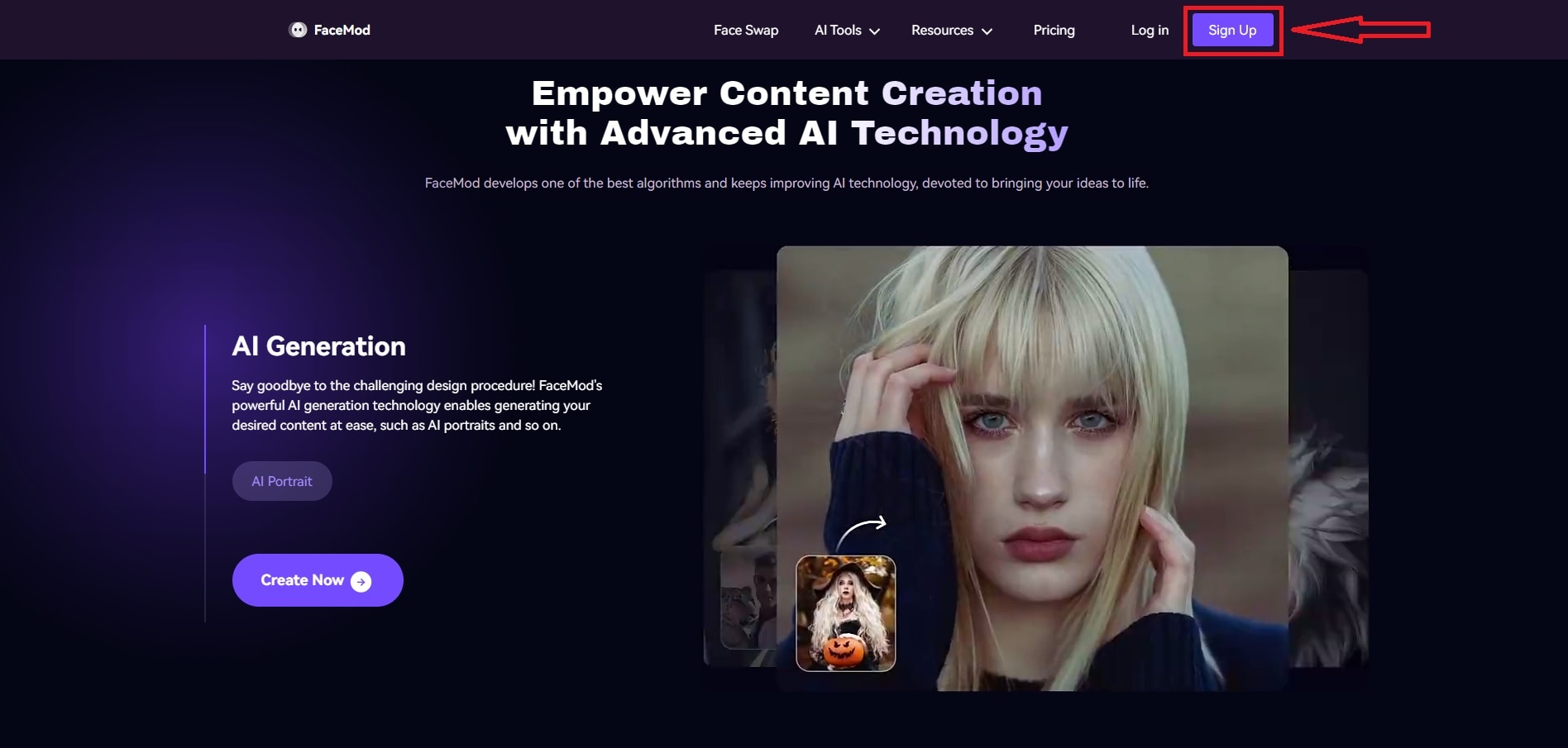
- To create an account, enter your email address and password in the provided fields, then click the Create Account Alternatively, you can use your Google account to instantly set up an account.

- After logging in or creating an account, choose the Face Swapoption from the menu at the top of the page.
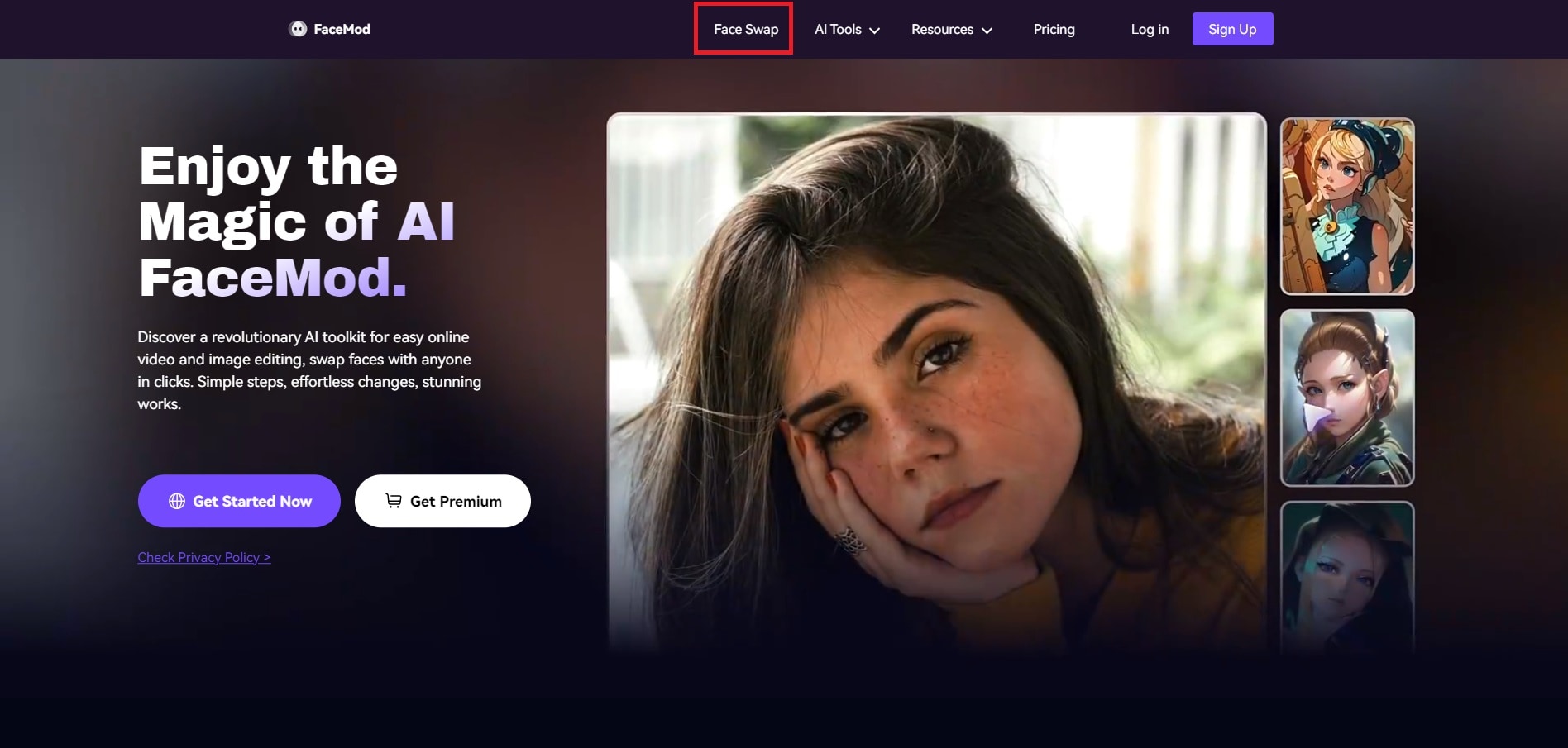
- Before you start swapping faces, take a look at the three steps listed below. Read them to understand how to create AI face swap videos or photos online.

- To upload a photo, click the Upload
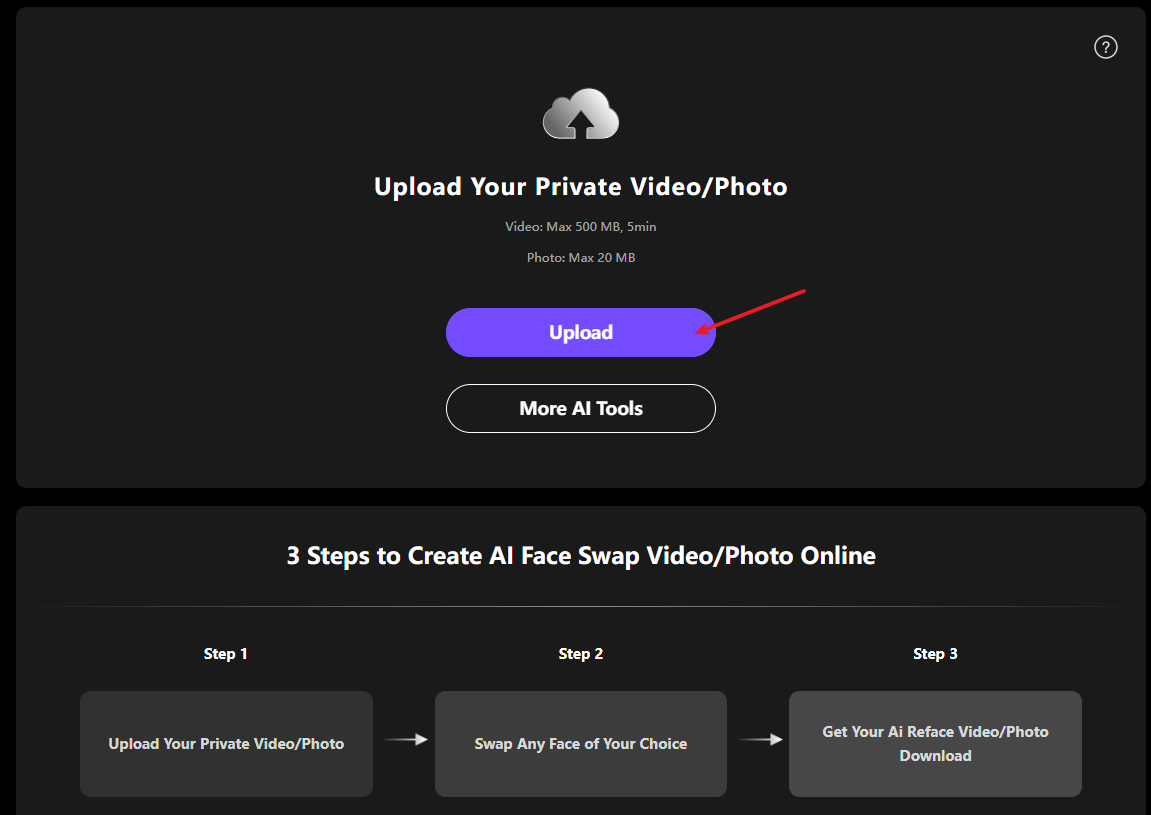
- Choose the face you want to change. You can select your face from the list below. Then, click the Swap

- After you've finished swapping faces, click the download icon located in the middle of the bottom part of the page to get the final result.
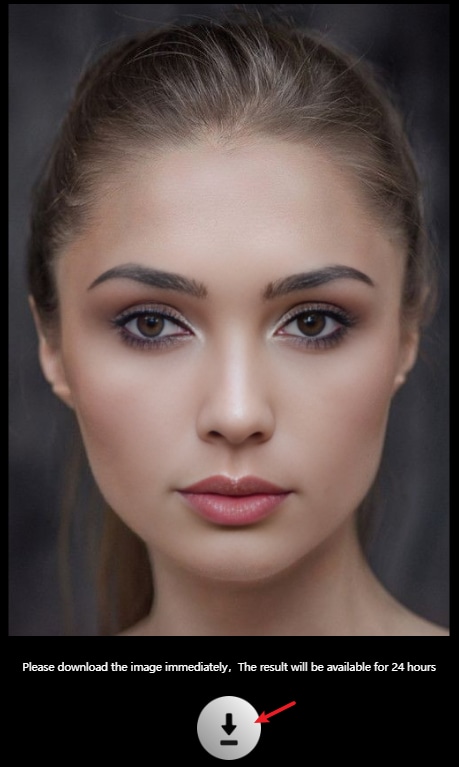
People use FaceHub for all kinds of things. In photography, it's great for touching up pictures and making them more interesting. In videos, it can be used to create special effects or make actors look different. It's perfect for making funny videos or sharing creative content. With FaceHub, the possibilities are endless – you can create all sorts of imaginative and unique faces to tell stories or express yourself in new ways!
Part 3: Ethics Behind Deepfake Technology
As deepfake technology advances, ethical concerns surrounding its use become increasingly pertinent. From issues of consent and privacy to challenges regarding truthfulness and potential harm, the ethical implications of deepfakes are vast and multifaceted.
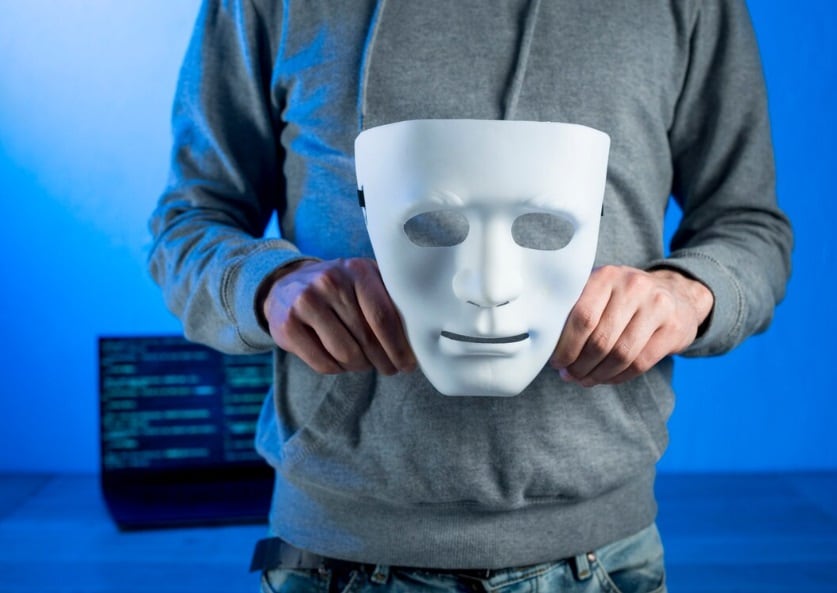
In this section, we will explore these ethical considerations that aim to understand and address the complex ethical landscape of deepfake technology, including instances such as the wonder woman deepfake. By leveraging these issues, we can strive to navigate the ethical challenges posed by deepfakes responsibly and effectively.
● Consent and Privacy
With the use of deepfake technology, incredibly lifelike audio and video recordings may be produced that accurately portray people saying or acting in ways they never would have. When these deepfakes are made and distributed without the subject's permission, serious ethical questions are raised. Such an infringement of privacy has the potential to cause mental suffering, harm to one's reputation, and even legal repercussions. In a time when digital manipulation can make it difficult to distinguish between fact and fiction, it is essential to take into account people's rights to manage their own voice and image.
● Dissemination of Fake News
The spread of false information and fake news is seriously threatened by deepfakes. Malicious actors can take advantage of deepfake technology to produce lifelike movies of important figures or events that never happened. This allows them to create division, manipulate public opinion, and erode confidence in reliable sources of information.
● Manipulation of Public Opinion
Beyond distributing false information, deepfakes can be used for targeted manipulation, in which particular people or groups are exposed to customized content intended to mislead them. For example, deepfakes might be used in political campaigns to build false narratives that manipulate public opinion or to falsify claims made by opponents. This type of manipulation has the power to warp reality, promote disbelief, and compromise the fairness of public discussions and decision-making procedures.
● Identity Theft
Deepfake technology gives rise to worries about impersonation and identity theft. Attackers can pose as actual people online, commit financial fraud, or carry out other illegal acts by creating realistic videos or photographs of people. Strong security measures and authentication procedures are required to reduce the risks associated with identity theft, which not only hurts the victim but also undermines trust in digital interactions and online platforms.
● Bias and Discrimination
When deepfakes are used to change photos or videos of marginalized groups, they especially promote or intensify biases and assumptions. This emphasizes how crucial it is to address concerns of bias and discrimination in the creation and distribution of synthetic media material, as well as the societal consequences that it may have.
● Erosion of Trust in Media
The widespread use of deepfakes puts journalistic ethics and media content at risk. Audiences find it more difficult to distinguish between real footage and altered content as deepfakes get more complex. People may become more skeptical of media sources as a result of not knowing for sure what they see or hear is real, which may further damage public information channels' credibility.
● Surveillance Concerns
Because deepfakes can be used to fabricate evidence or an alibi, change security footage, or trick surveillance systems, they add a new level of complexity to privacy issues related to surveillance. The ethical and legal frameworks governing the use of deepfake technology in surveillance scenarios must be carefully considered in light of the consequences this has for law enforcement, legal proceedings, and individual privacy rights.
In short, the ethical issues tied to deepfake technology, as exemplified by cases like deepfake wonder woman, are complex but manageable. By discussing openly and considering consequences, we can address these challenges effectively. Moving forward, let's prioritize principles like consent and privacy to maximize benefits while minimizing harm. Together, we can navigate the world of deepfakes responsibly and ensure a safer digital landscape for all.
Conclusion
In summary, our investigation into Wonder Woman deepfake technology sheds light on the complex connection between media alteration and technological advancement. These artificial videos show how technology can make reality less clear, leading to important talks about what's real and trustworthy in visual content.
As we move through this area, it's crucial to recognize the moral questions and challenges brought about by deepfake technology. By talking openly, focusing on ethics, and improving our understanding, we can responsibly navigate the changing world of digital manipulation. Let's welcome curiosity and honesty as we keep exploring the twists and turns of deepfake tech and what it means for our digital world now and in the future.


